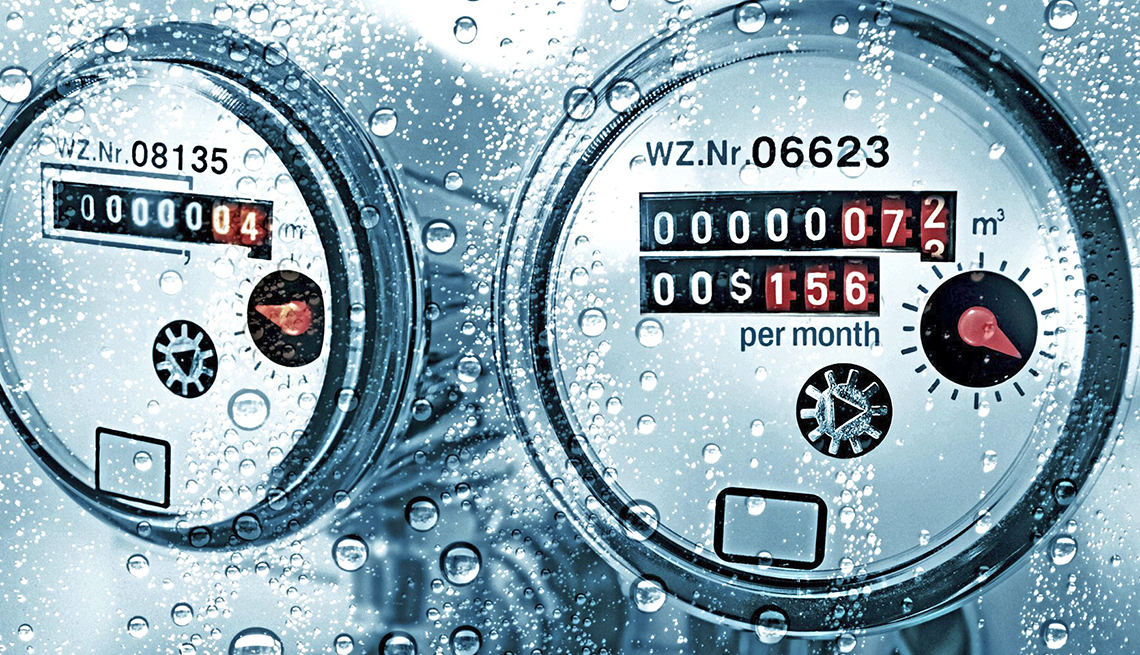Play all audios:
WHAT ABOUT DROUGHT? Scarcity of water has not always related to consumer cost. For example, the average monthly water bill in the desert city of Phoenix is less than $50. But many
communities in the West do set higher rates to promote conservation, according to Bluefield. Analysts say changing weather patterns and extreme weather events will affect rates. Those
include heat waves, changes in precipitation type and timing, and flooding, says Newsha Ajami, a water expert at Lawrence Berkeley National Lab. One reason is that the country’s water
infrastructure was designed and built for climate conditions that no longer exist; adapting to changes will require considerable investment. “We have all been relying on a system that is
sort of ‘out of sight, out of mind’ and is suffering from decades of underinvestment,” Ajami says. “But now those systems are getting to the end of their life spans or may have already
passed their design life. And a lot of that infrastructure was built for a different era.” Climate change is expected to have longer-term impact, Ajami says, diminishing water supply in
many places. Snowpack, which stores water naturally, is declining, as are other forms of precipitation. This is leading to diminished water in reservoirs. As these trends intensify, the
future of water looks dire in many drought-prone regions. Ajami says addressing this new climate reality will require potentially costly alternative solutions to supplying water. Nicolas
Rapp THE FINANCIAL IMPACT For many older Americans, these changes mean that water consumes more of their household budget. In some cases, governments and nonprofits are stepping in to help.
Impact Community Action Partnership in Des Moines helped Smith pay his bill. Paula Arkema, the partnership’s energy coordinator, says the nonprofit helped nearly 22,000 families in Iowa pay
their water bills over 14 months in 2021 and 2022, by channeling federal funds from the Low Income Household Water Assistance Program. That was created as part of the 2021 American Rescue
Plan Act in response to the COVID-19 pandemic. During the program’s first year, it helped 433,000 households nationally pay water bills, according to federal data. The program is set to end
in September. Arkema sees water competing with rising food, gas and heating bills. “We had a lot of families that were struggling,” she says. In California cities, where water costs can be
as high as San Francisco’s household monthly average of $300, Gov. Gavin Newsom (D) ordered a moratorium on water shutoffs during the COVID-19 pandemic. That executive order expired,
impacting people such as Moises Sousa, 65, a retired aluminum worker in Watsonville, near Santa Cruz. Sousa’s water had been shut off in the past, and by February, he was again behind on his
bill. The rising cost of groceries, gas and heat, paired with maintenance costs on his home, had tapped out his savings. He appealed to a caseworker at Central Coast Energy Services, which
helped him pay the bill and keep his water flowing. “Everything is just getting so much more expensive,” Sousa says. “Without that help, I don’t know how I would have kept my water.”

